The red maple leaf is an internationally recognized symbol. And it means one thing: Canada. Whether on a hockey sweater or a backpack, whether bringing up visions of our autumn days or a plate of pancakes slathered in our trademark syrup, this simple image is confused with no other country on Earth. And its place in the world is thanks to one thing.
Our flag.
Be-leaf in the leaf
Our flag is pretty odd when you think about it. The flags of so many other countries all share many of the same things, just in different patterns and colours: stripes, bars, stars, crosses, moons, crests, suns. We're the only country to use a leaf as its central emblem on its national flag. (Though Lebanon's does use a cedar tree at its centre.)
And today is National Flag Day in Canada. It was on February 15, 1965, that our beloved flag officially took effect.
Union Jack attack
And how did we get here? Well, before that we had this:
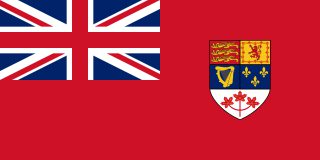
That flag was called the Canadian Red Ensign. Its design harkened back to Canada's history as a part of the British Empire. That's why it has the national flag of the United Kingdom, the Union Jack, in the top left corner.
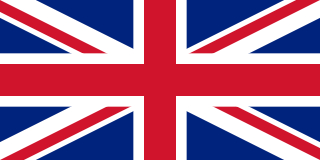
Many national flags still have this element. Such as...
Australia
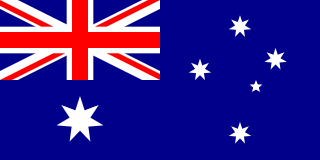
New Zealand
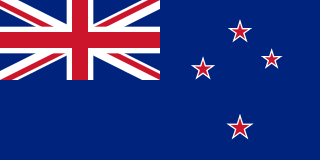
Fiji
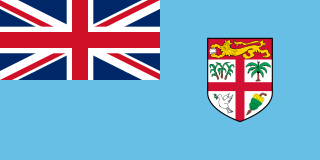
...and many more. Does it feel like you're seeing triple? Now you know how Canadians felt back then! It was time to find a unique vision for the flag.
Pearson says goodbye to the past (and the Union Jack!)
Our current flag came about after Prime Minister Lester B. Pearson set up a committee in 1964 to finally find an official flag for the country. Though Canada was proud to keep a strong relationship with the United Kingdom and its Queen, it wanted a flag that it could call its own.
Using the maple leaf was a natural choice. It was already on the crests of several provinces, such as Ontario and Quebec. And "The Maple Leaf Forever" by Alexander Muir in 1867 was like an anthem for much of Canada. It even appeared on this rejected 1946 proposal for a Canadian flag (people didn't like that the new design still had the Union Jack on it).

In 1964, a few designs were considered, like this one, now known as the Pearson Pennant because it was the one that Prime Minister Pearson introduced.
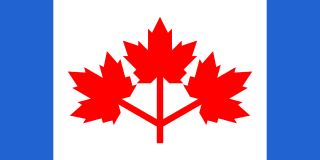
Better, but...
Stanley settles it
Pearson's flag was rejected by Parliament. Finally, a design by a historian named George Stanley won the hearts of the nation. (In hindsight, of course a design by a guy named Stanley won. Stanley Cup? Canada? Come on, right?) His design was based on the flag of the Royal Military College of Canada, seen here:
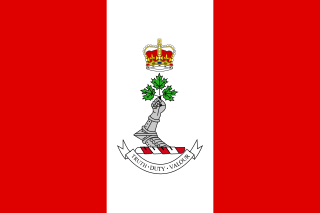
In the end, the journey of our national flag was a long one (Canada spent almost 100 years as a nation without its own flag!), but it was well worth it. So, once again, Canada: Happy National Flag Day.
One final note: Queen Elizabeth II had been the monarch of Great Britain for 13 years already when she signed the decree that made our flag official in 1965. She is still the queen today. That is some kind of long-lasting reign!
 The mighty Maple Leaf, Canada's national flag, turns 52 today. (Wikimedia Commons)
The mighty Maple Leaf, Canada's national flag, turns 52 today. (Wikimedia Commons)










Thank you for this informative article and news worthy piece. My Grade Three students enjoyed learning about our flag’s history through reading and discussing the interesting facts you shared. This type of current event related to Canada is always well received. 🙂 😀
flag weirdness